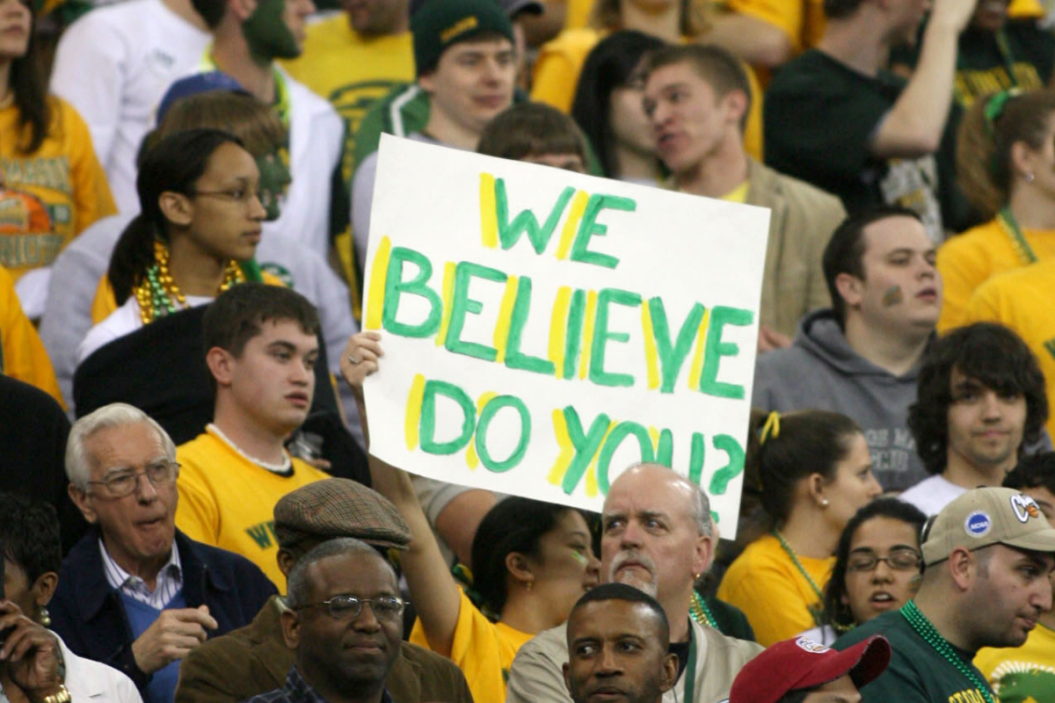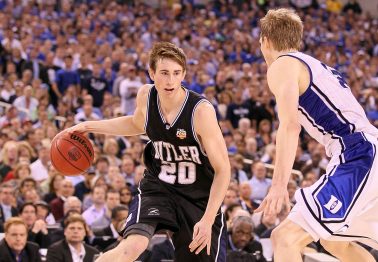To begin, a question: What does the name George Mason mean to you? The most normal response is likely nothing. Few might know the deeds of the man in the context of American history: a fringe member of the Revolutionary inner circle, a staunch advocate for Virginia, a pillar in the town history of Fairfax, evidenced by George Mason University.
Mason's early writings and activity represent some of the most initial articulations of American political thought. However, he never quite went mainstream, and in the interest of keeping score, it should be noted that an 18th-century email audit reveals that in his 1773 will, Mason, a slaveowner, opted to divide ownership of his slaves amongst his children rather than free them. In his writings Mason does technically condemn slavery but does so with a complete lack of humanity, opining unsolicited and in his own words, that to dismantle the system would just be too difficult and destructive, and so then like it or not we're just kind of stuck with it.
However and like always, for sports fans it gets weird. Say George Mason to a serious sports fan and they instantly think men's basketball, green & yellow, and Cinderella. On the surface, it sounds like the vague yet vivid description of last night's dream. It is all too real, though; scores of people across Michigan, North Carolina, Kansas and Connecticut will moan and/or curse the skies and shake their heads.
The George Mason Final Four Run: A Cinderella Case Study
We can often look back on Cinderellas and see that maybe we should have seen this coming. The Patriots had actually been a source of mild controversy going into the tournament, as the NCAA selection committee, in one of their great calls, granted George Mason an at-large bid coming out of the Colonial Athletic Association or CAA for all you hoop heads out there.
The fact is, GMU had appeared in the Top 25 in February and ranked all season as one the best defensive teams in the country. The committee's choice to include George Mason was much maligned at the time, but the rest of course is history.
The Patriots ran through some heavyweights to start. They beat 6-seed Michigan State 75-65 and 3-seed North Carolina 65-60 in Dayton, Ohio. Following the upset of Roy Williams' Tar Heels, Mason got the unofficial Cinderella nod by Gus Johnson, with Johnson proclaiming as the clock ran out: "There's a new Cinderella, and her name is George!"
They then beat another potential Cinderella in 7-seed Wichita State 63-55 and officially shocked the world by outlasting 1-seed Connecticut in a slugfest, 86-84 in overtime in DC, to advance to the Final Four.
They would lose to the 3-seed from the Midwest and eventual champion Florida 73-58 at the RCA Dome in Indianapolis. Florida would go on to repeat in 2007.
George Mason Creates a Kennel of Underdogs
Looking back, the 2006 George Mason team ushered in a new Cinderella era. Since the 11th-seeded Patriots made their improbable run, we have seen the following:
- In 2008, 10-seed Davidson (Steph Curry) lost 59-57 to Kansas in the Elite Eight.
- In 2010, 5-seed Butler (from the Horizon League) lost 61-59 to Duke in the National Championship Game.
- In 2011, 8-seed Butler and 11-seed VCU both reached the Final Four, with Butler again losing in the Championship Game, this time 53-41 to Connecticut.
- In 2013, 9-seed Wichita State reached the Final Four and lost 72-68 to eventual champion Louisville.
- In 2014, the Championship Game was played between 8-seed Kentucky and 7-seed Connecticut. While the programs are far from Cinderellas, the combined seeding in the matchup was the highest ever in a title game. UConn won 60-54.
- In 2015, 7-seed Michigan State reached the Final Four and lost by 20 to eventual champion Duke. Again, a major program but playing from a low seed.
- In 2016, Syracuse reached the Final Four as a 10-seed and lost 83-66 to North Carolina. See above.
- In 2017, South Carolina reached the Final Four as a 7-seed, losing 77-73 to 1-seed Gonzaga.
- In 2018 there was a vintage Cinderella run, as the 11-seed from the South Region, the Loyola University of Chicago Ramblers reached the Final Four, behind the inspiration of one Sister Jean Schmidt. They would lose 69-57 to Michigan. The 2018 Tournament also saw 8-seed Florida State and 9-seed Kansas State reach the Elite Eight.
- In 2019, 5-seed Auburn was in the Final Four, losing a last-second heartbreaker to eventual champion Virginia.
- In 2021, 11-time National Champion UCLA was given an 11-seed. They promptly marched to the Final Four.
From 2013-2018 there were six consecutive Final Fours that had representation from a 7-seed or lower, and this past season marked the 10th time in 11 years since Butler's first run in 2010 that there was at least a 5-seed amongst the Final Four.
Prior to the Patriots reaching the Final Four, there had been a total of four teams seeded 7 or lower to do so.
A Glass Slipper is Only Half the Story
Obviously, Jim Larrañaga's George Mason team is not responsible for the seemingly extended parity across college basketball, namely in the postseason.
Contributing institutional factors abound, including but not limited to the now common One and Done practice saturating major programs, creating less continuity within many programs, and the widespread and intentional utilization of the NCAA Transfer Portal, allowing for talent and experience to distribute more evenly.
Additionally, even with all things above considered, the 1985 Villanova Wildcats, an 8-seed who took down Patrick Ewing and Georgetown, remain the lowest-seeded team to actually win the NCAA Championship, and in those fifteen years since George Mason's run, even with the all the Steph Currys, and the Butlers, and the Wichitas, and all those other 7s and 8s and 9s and 11s, the lowest-seeded underdog to win a title during this time was that 7-seed UConn in 2014, and the champion was a 1-seed 11 times out of 14.
So, while we still wait for some team, any team, to see a Cinderella all the way through to the end, we are lucky in knowing that the improbable is probable, and that no matter how much order the universe tries to impose, we are all but guaranteed our recommended daily dose of March Madness.



